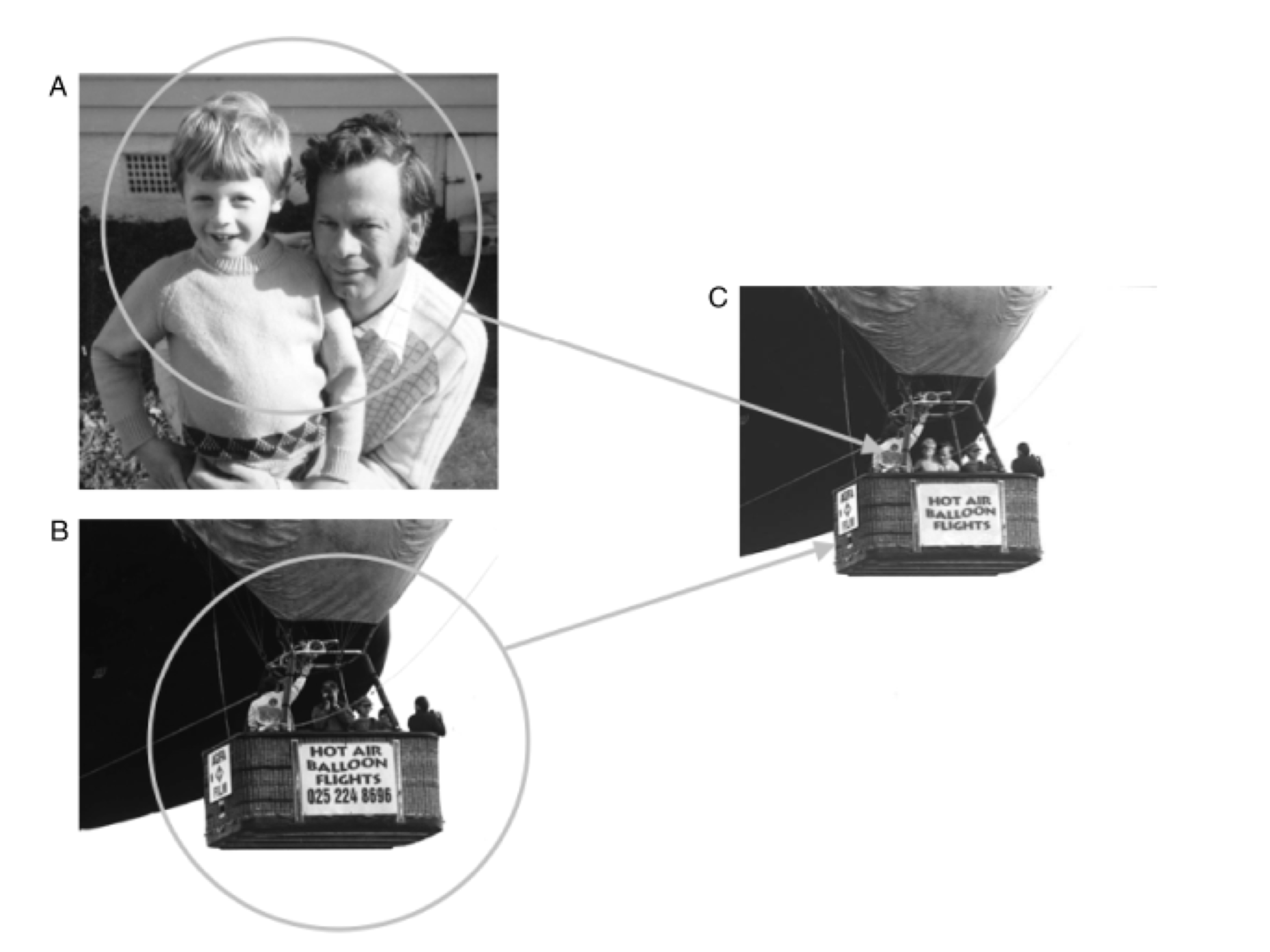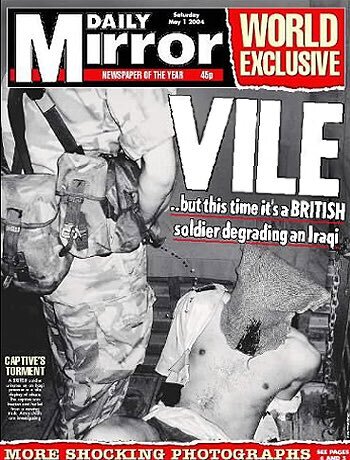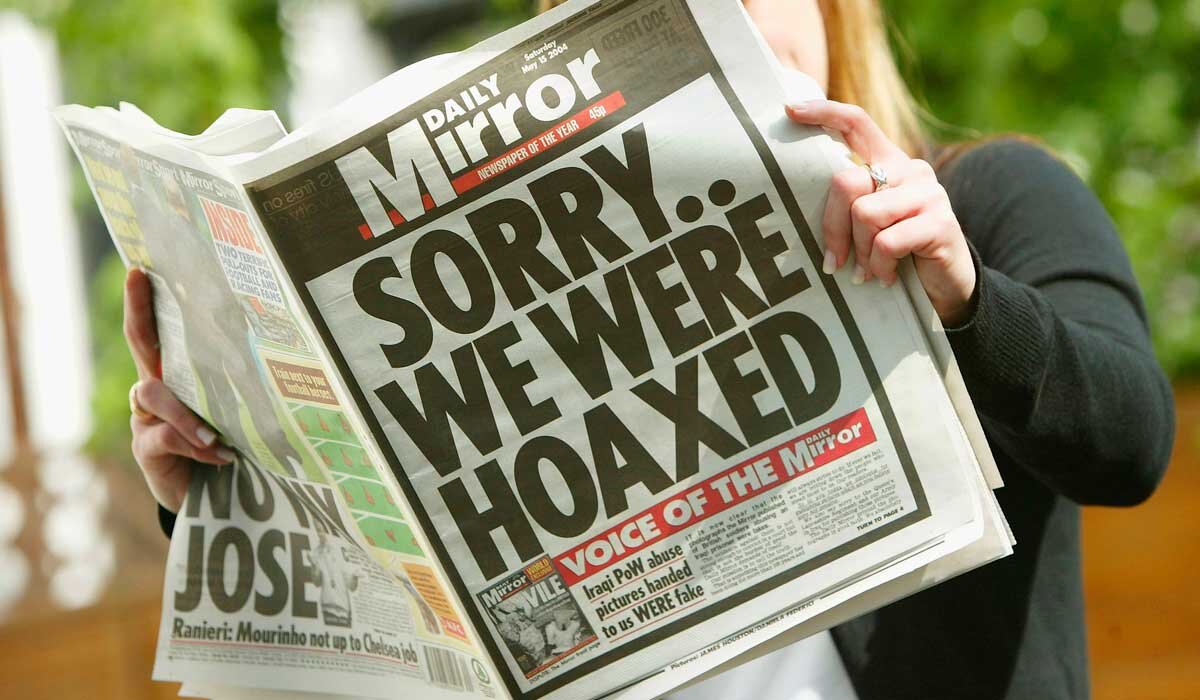Photographs and memories - real or fake?
Chompoo Baritone, #SlowLife, 2015
Like a memory, the photographer always chooses what to omit.
Photographs always have edges. What is beyond the edges of the photograph is sometimes the speculation and narrative which adds to the image.
Memories, especially nostalgic ones, also have edges. These edges are the interpretation of the memory and indeed how we remember things in a way that is not necessarily how they were.
“Remembrance of things past is not necessarily the remembrance of things as they were.”
― Marcel Proust
We chose to remember the good parts and leave out the painful parts, especially with nostalgic memories. From studies in to nostalgia, when asked to rate TV programs from different decades, people tend to say that the programs from the past are better than the ones today, even when they are reminded about the current programs that they like just as much or even more. This is how nostalgia is corrupting our memories.
When looking at old photographs of childhood holidays and memories, I have the same feelings to. Am I looking at this as it really was, or am I remembering it the way I want to?
I remember as a kid, long hot summers and family holidays. However, digging through old slides from this time reveals to me that summers were not so hot and days spent at the beach were not always fun!
Family Day at the beach 1977, Matt Arnold
When Photographs Create False Memories
Maryanne Garry and Matthew P. Gerrie
Victoria University of Wellington, Wellington, New Zealand
Directions in psychological science.
From their studies, Garry and Gerrie found that manipulating images, by adding the subjects into a photo of a hot air balloon ride, made them remember this event as if it were real. Saying that the photograph helped jog their memory about this event. Even when it was revealed to the subjects that the event was made up, the subjects were quite astonished.
When photographs create false memories. Garry and Gerrie, 2005
We lend credibility and tend to trust photographs as real, even when we know they can be manipulated or faked, why is that?
In 2004 Daily Mirror Editor Peirs Morgan was sacked over publishing photos that were hoaxed. The Mirror previously published photos of Iraqi Prisoners of War being tortured and abused by British Soldiers. These photos were manipulated and subsequently revealed as a hoax, but yet the story persisted and the damage was done.
Kelly and Nace (1994) showed subjects false news stories from the New York times and the tabloid, the National Enquirer. The Times was rated as a much more believable publication, but the photographs in the Enquirer were rated as more believable.
Are the photographs we see real? Are they true depictions of events? Have they been manipulated for a purpose? Or do we simply remember wrongly because of the photograph?




